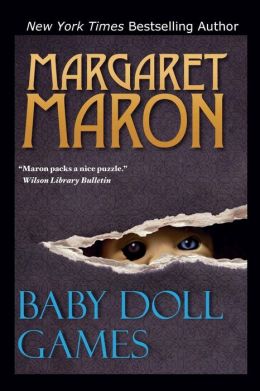Tell us about your current novel or project.
I have two new books coming out early next year via a new
publishing paradigm. Lie Catchers is set
in the world of interrogation and makes use of my extensive background and
expertise in deception detection (I currently teach a week long interrogation
course to law enforcement nationwide).
Next up is an all out action piece, Gun Hawks, about the LAPD’s Special Investigative Service,
which The Los Angeles Times once
dubbed the LAPD assassination squad.
Can you give us a sense of what you’re working on now?
Currently, I’m putting the finishing touches on my next Fight
Card novella, Swamp Walloper, which is a direct sequel to Felony Fists. By the
end of 2013, we will have launched twenty-seven Fight Card related titles from some of the most exciting new
writers working today. The roster
also includes three titles in our Fight Card MMA spin-off brand, as well as the debut of the first Fight
Card Romance spin-off, Ladies
Night.
What is the greatest pleasure of a writing career?
Aside from telling the stories I’ve always wanted to tell,
it’s the association with other creatives in the writing community. Working with and mentoring so many
bright individuals on the Fight Card
series has been a true joy.
The greatest displeasure?
Being stuffed into legacy publishing’s mid-list hell.
Advice to the publishing world?
Adapt or die.
Stop licking your wounds and getting pissed off because Amazon is
outsmarting you at every turn. Start your own innovating by realizing writers
are the key to your future and begin treating them with the respect they
deserve.
Are there any forgotten writers you’d like to see in
print again?
Absolutely! W.
Glenn Duncan’s Rafferty books make up a real gem of a P.I. series, comparable
to Spenser or Elvis Cole. And then there’s John Whitlach, who wrote a dozen
paperback originals in the early ‘70s.
Better known today for their wonderfully lurid covers, Whitlatch’s
stories, crossed several genres, but all delivered top notch action. Also, Marvin Albert’s Stone Angel P.I.
series deserves wider appreciation.
Tell us about selling your first novel.
I was very lucky.
I joined the LAPD in 1977 and began writing professionally in 1980,
running both careers concurrently for more than 30 years. I started selling non-fiction freelance
article and was published in magazines as diverse as Runner’s World, Psychology Today, Parent’s Magazine, and Police Products News, but what I really wanted to do was write fiction.
While I had actually written a paperback original western
for Pinnacle under a house pseudonym, I had not yet had a novel come out under
my own name. Then I met editor and
mentor Michael Seidman (who was then working for Tor Books) at a Bouchercon
convention in San Francisco. He
mistakenly told me if I ever wrote a cop novel to send it to him. In my naivety, it was all the
encouragement I needed.
When I joined LAPD, there rumors abounded about officers on
slow morning watch (11 pm – 8 am) shifts driving, on duty, in their police
cars, to Vegas or Tijuana and back, while their fellow officers covered any
emergency calls. As proof of their
testosterone driven run, they would get their picture taken with their LAPD
police car in front of a casino or with a guy in a sombrero next to a
moth-eaten donkey (I emphatically deny any knowledge of participating in such
irresponsible behavior as the statute of limitations has not yet run). With a little tweaking, I figured I
could get a full novel out of this premise, so I sat down and wrote Citadel
Run.
I then called Michael Seidman and we engaged in the following
conversation:
“Hi, Michael. It’s Paul Bishop.”
“Who?”
“Paul Bishop, the LAPD cop. We met at Bouchercon. You told me if I ever wrote a cop novel to send it to you.”
“Paul Bishop, the LAPD cop. We met at Bouchercon. You told me if I ever wrote a cop novel to send it to you.”
“Was I drunk at the time?”
“Very possibly.”
“Okay, you do know me.
Send it on.”
Six weeks later, I had a contract for Citadel Run and the
sequel, Sand Against The Tide. If
only all book sales were so easy ...








